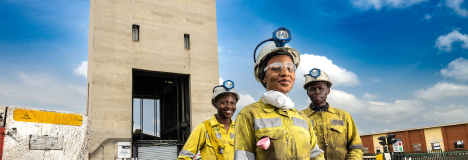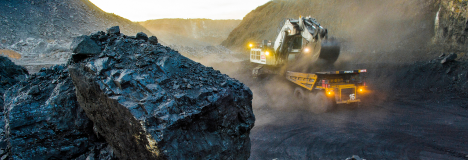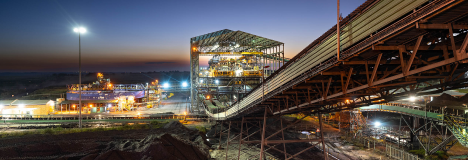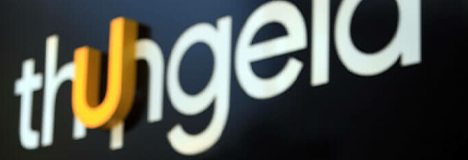We support the global climate change response and the drive to make the energy transition just. This transition brings us closer to a low-carbon and climate-resilient economy and society in the context of sustainable development. Energy security, affordability and access all form part of our strategy to ensure shared value for all stakeholders.
Our goal is to reduce greenhouse gas emissions by 30% by 2030 and achieve net zero by 2050. We are actively reducing our carbon intensity through various energy efficiency initiatives. We also disclose our climate risks and opportunities.

Managing our emissions
In the short- to medium-term, our strategy is to reduce our own Scope 1 and 2 emissions through the implementation of energy efficiency and productivity improvement projects across our operations, the installation of at least 19 MW of renewable energy, and the responsible closure of mines as they reach the end of their operational lives.
The pathways give us the flexibility to adjust our approach to achieving our net zero target as the world evolves.

A third-party performed scenario analysis using climate models to understand future potential climatic changes and identify adaptation requirements to build climate resilience. It also provided insight into what the future demand for our products may be to guide future decision-making.A physical and transitional climate risk assessment was performed across our operations, critical infrastructure and export destinations. This quantitative assessment included an examination of relevant acute and chronic physical climate risks as well as market and regulatory risks, and changes in exposure under various climate scenarios. In addition, it determined high-level climate impacts and vulnerabilities on our operations, employees, communities and customers. The assessment covered two time horizons to inform nearterm (2030) and long-term (2050) decision-making.
Physical risks identified are sea level rise, increased average rainfall, droughts, storms and extreme weather events. Transitional risks identified are policy and legal , market drivers and reputation.
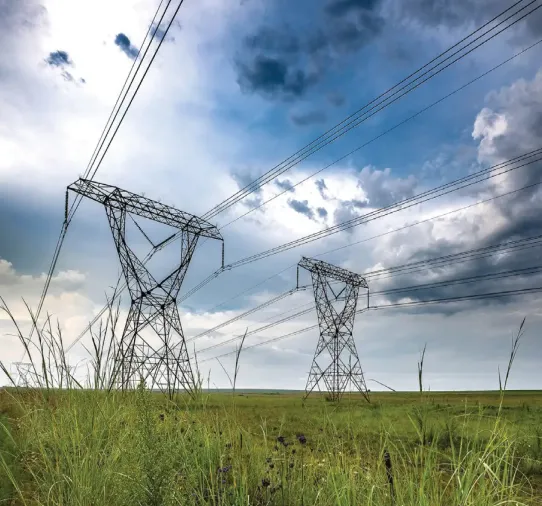
As the world moves towards a low-carbon economy, we recognise the role we must play in reducing our emissions and supporting the accelerated rollout of a fuel-agnostic, technology-driven approach to reducing global emissions.


